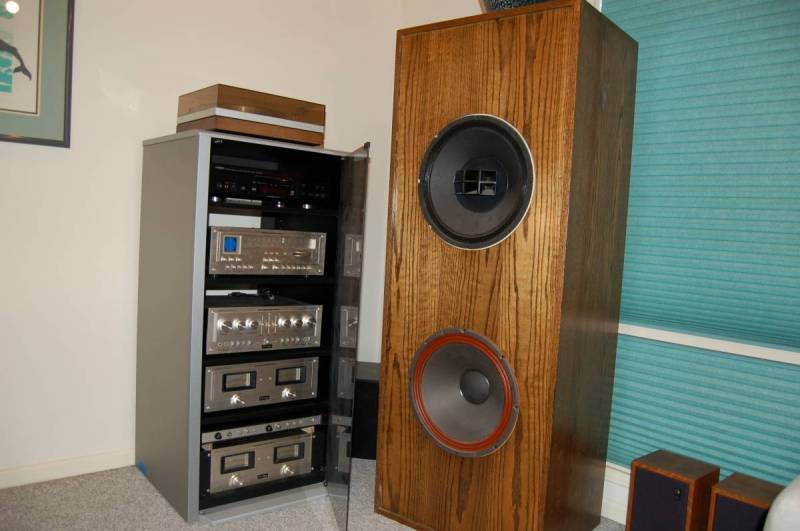"Dedicated midrange driver" is typically an oxymoron and very few three-way systems will not put some of the midrange in the woofer and/or tweeter. You would need to run the driver from ~80Hz-~4kHz for it truly to be "dedicated" to the midrange.
Which sounds better 2 way or 3 way speaker design
Seeking to purchase one of the following 3 speakers:
1. Proac K3-2 way design
2. Totem Element Metal V2-2 way design
3. Triangle Cello-3 way design
I am under the impression, (which I may be incorrect) that a three way design is superior to a 2 way design. All of the above speakers listed below retail for about $18,000 per pair. Am I correct to assume that a 3 way design will give the listener a much better chance to hear the full audio spectrum as opposed to a 2 way design?
Thank you.


 Of course 3-ways would be bigger than 2.5-ways which should obviously be bigger than 2-ways..., right???
Of course 3-ways would be bigger than 2.5-ways which should obviously be bigger than 2-ways..., right???